Canada Geese: Exploring Their Unique Habits
Introduction
The Canada Goose has been called Canadian Goose, ring-necked goose, tundra goose, common wild goose, pain-in-the-blank goose, and last but not least, dinner.
The correct name is "Canada Goose" named after John Canada and not the country of Canada.
Long before you see those northward or southward V-shaped flying formations of these geese, you'll hear their loud honking.
Probably the most widespread goose in North America with introduced populations in many other parts of the world.
Identifying: Size - Field Marks
The Canada goose is a large bird in the waterfowl family. Varying in size, this bird can be anywhere from 22 to 48 inches long.
They have black heads and long black necks. The tail is black with a white band.
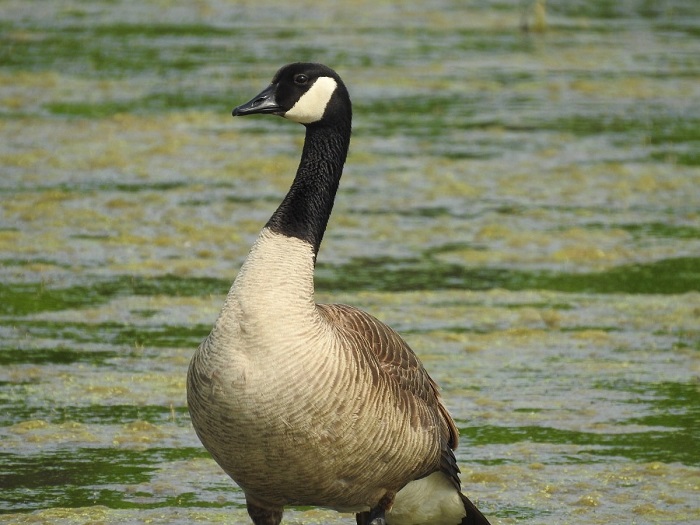
Canada Goose
The white cheeks stand out against its black head looking like a "chinstrap". The under-tail is white.
The body is gray-brown. Ganders can have wingspans of nearly 6 feet and may reach weights of 14 plus pounds.
Males may be slightly larger but no color/marking differences between males and females.
Mating Rituals, Courtship Behaviors
Canada geese don't begin mating and nesting until their second to third year of life. The Canada goose breeding season begins in late March through April.
The courtship behavior of these birds consists of a series of displays and mating rituals that take place between males (ganders) and females (goose) birds.
One common courtship display is the "head bobbing" display, in which the male lowers his head and bows repeatedly while making honking sounds.
This ritual is often accompanied by the male extending his neck and flapping his wings.
Canada Geese Searching Nesting Sites
Another courtship display is the "triumph ceremony," in which the male spreads his wings, points his head upward, and honks loudly.
This display is often seen after the male has successfully chased off a rival male or defended his territory.
In addition to these displays, male Canada geese will also present the female with small gifts, such as bits of grass or twigs, to demonstrate their interest and ability to provide for her.
Does the Canada Goose Mate for Life?
Canada geese form strong bonds and often mate for life, and their courtship behaviors play a critical role in helping them find a suitable partner.
Before becoming too sentimental about the mating for life aspect, divorce does happen when nesting is not successful.
Nesting Habits and Behaviors
Returning to the same nesting site each year, the male and female will both participate in building the nest.
The nests are typically built on the ground near water and are made of grass, feathers, and other materials. Canada geese often reuse nest from previous years.
The female lays a clutch of 2-8 eggs, which she incubates for about 25-30 days. Males will guard the nest during incubation.
| Canada Goose Nesting Stats | |
|---|---|
| Eggs | 3 - 7 |
| Incubation | 25 - 30 days |
| Nestling Phase | Leave When All Hatch |
| Broods | 1 |
Once the eggs hatch, the parents are very protective of the chicks and will fiercely defend them against any perceived threats.
The chicks are able to fly at about 10 weeks of age. The young will stay with their family for close to a year.
Feeding Habits
Overall, Canada geese have a diverse diet that allows them to survive in a wide range of environments.
These geese are mostly herbivorous and will eat algae, aquatic grasses, seeds, and berries. Their diet may also contain some insects, small fish, and crustaceans.
They are well-adapted to finding and consuming various food sources, and they can adjust their feeding habits to meet the demands of their environment.
Canada geese are known to forage for food in fields, meadows, and along the edges of lakes, streams, and rivers.
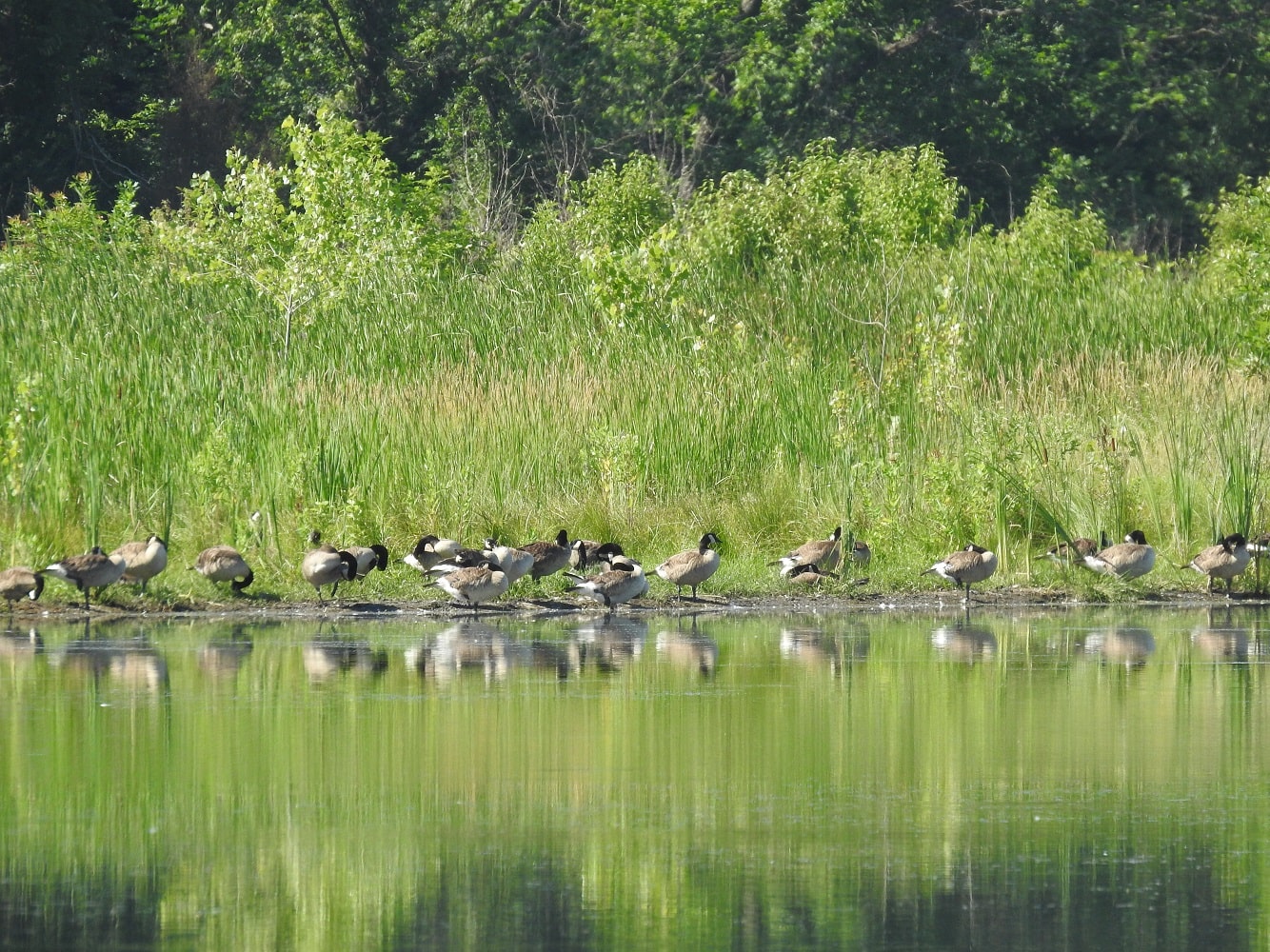
Canada Geese Feeding Along Shore
They are also often seen feeding in grassy areas around parks, golf courses, and other areas where people live and work.
Canada geese are generally more active in the morning and evening when they are most likely to be foraging for food.
In urban areas, they may also feed on human-provided foods such as bread, crackers, and other scraps.
It is important to note that feeding wild animals, including Canada geese, can cause them to become dependent on human sources of food and may cause problems.
Canada Geese Migration
Canada geese traditionally are migratory birds that fly long distances between their breeding and wintering grounds.
The timing and specific routes can vary depending on the individual birds and their location.
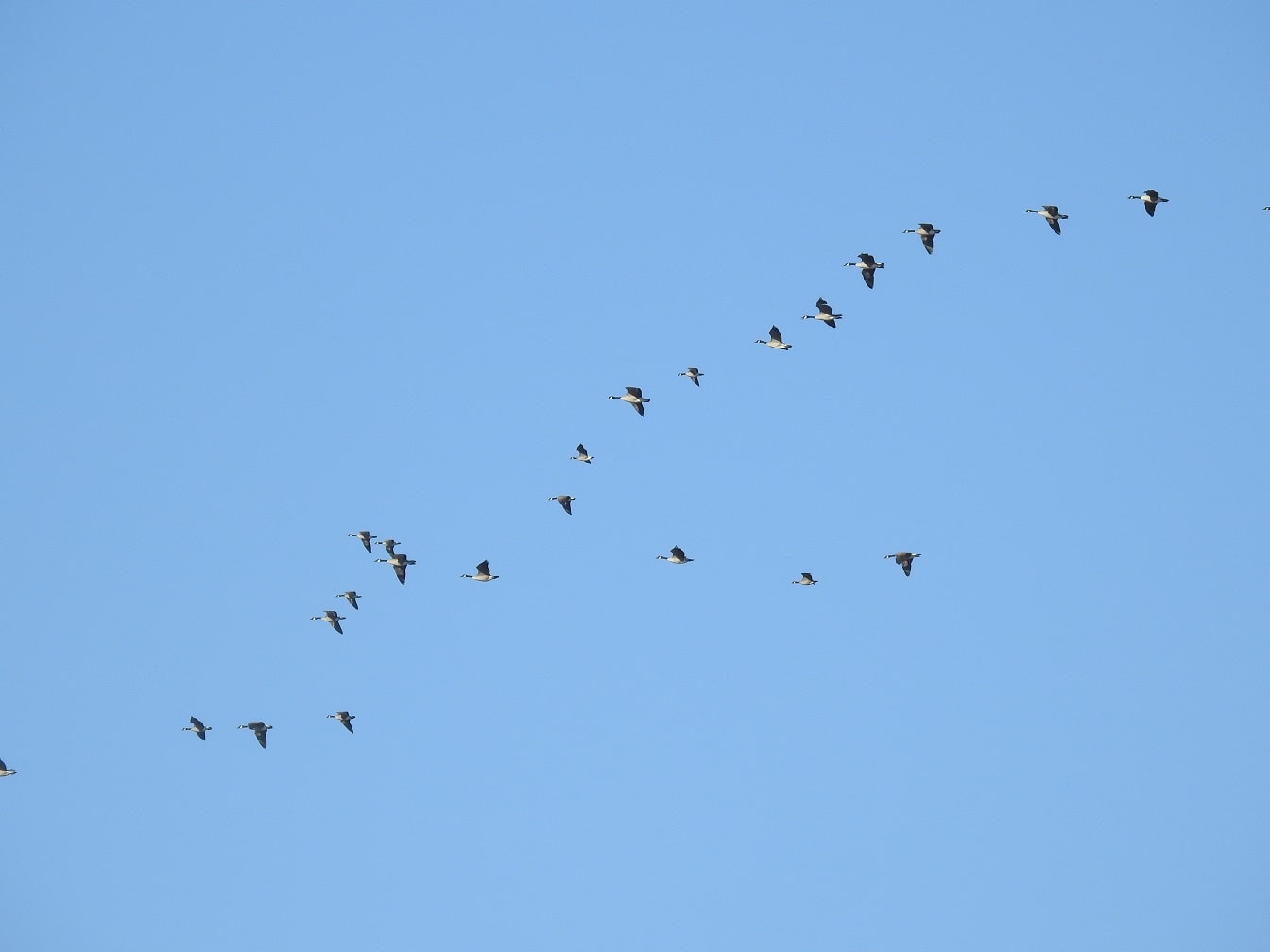
Canada Geese in V Formation
In general, Canada geese breed in the northern parts of North America, including Canada and Alaska.
These populations tend to migrate to more southern locations in the United States, Mexico, and Central and South America for the winter.
However, a large percentage of the population of the lower 48 will be permanent residents and not migrate. See range map.
You May Also Like: Wood Duck Habits
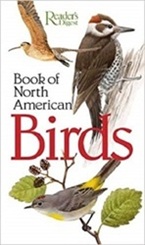
|
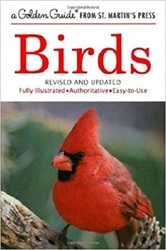
|
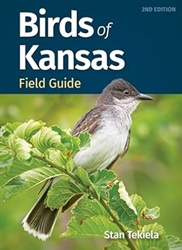
|
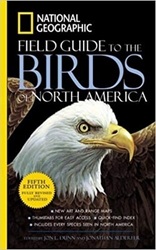
|
| Readers Digest Guide | Golden Guide | Your State Only | Nat-Geo Guide |





